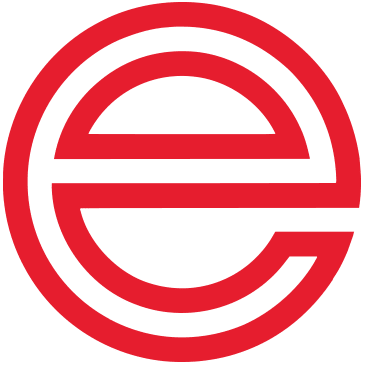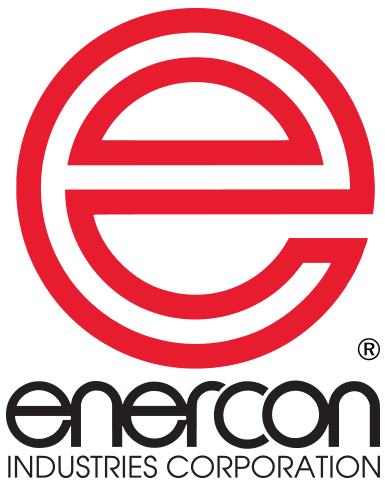Inkjet Printing on HDPE and PET Improves with Plasma Surface Treating
Best Formulations (City of Industry, CA) is a major contract packager with responsibility for thousands of branded nutritional supplements, probiotics, pharmaceuticals, food and teas.

Best Formulations prints lot code information on the bottom of each HPDE and PET container. Printing was mostly successful with containers that had been pre-treated with flame by the container distributor. However, many of the containers were not pre-treated and this caused significant production headaches. They would also experience inconsistent printing results with containers that had been pre-treated.
They consulted with the inkjet experts at Domino to test different ink viscosities and formulations and worked with their container suppliers to try and solve the adhesion issues.
Production Manager Dwayne Chrest says, “By chance, I was talking to Enercon’s local representative Todd Kasik (Packaging Sales Equipment Corp) about a cap sealing project when I mentioned a problem we were having with inkjet adhesion on some of our containers. He asked me if we had considered atmospheric plasma surface treatment. We weren’t familiar with the technology, but were willing to try.” The idea of a completely new approach to the problem with in-line surface treating was refreshing.
Plasma improves ink adhesion
Enercon treated bottles in their laboratory with a blown-ion atmospheric plasma treater and saw very positive results in the technology’s ability to raise the surface energy of the plastic container, which is a key ingredient for successful adhesion. Best Formulations decided to consign a unit to put it to the test in their operation.
Chrest says, “We were really excited about the technology. We went online to Enercon’s website and learned about dyne levels, surface energy and adhesion. The science all checked out and when we used the system in our facility we were amazed with the results.”
The blown-ion system cleans, etches and functionalizes surfaces to improve adhesion. It generates a concentrated high speed discharge of ions that bombards the container’s surface. Positive ion bombardment facilitates a micro-etching or scrubbing effect which can remove organic and inorganic contaminants from the surface of an object.
The plasma treater is integrated into the production line in conjunction with a bottle diverter. Bottles pass over the treatment head immediately before inkjet printing. Chrest says, “This treater solved our problem and much more. In addition to using it on untreated containers, we also tried it on containers that were treated by the container supplier. We found that treating the container in line actually improved the clarity of the lot codes we were printing.” Best Formulations promptly added additional plasma treaters to each of their lines.
Best Formulations continued growth is fueled by the company’s ability to handle so many different types of packaging requirements in their 120,000 square foot manufacturing and laboratory facility. Adding new technologies like atmospheric plasma surface treatment and being savvy about partnering with equipment suppliers has helped them earn numerous certifications including GMP by the Natural Products Association and NSF, as well as State of California Licenses for Drug Manufacturing and Processed Food and Cosmetic Registrations.


